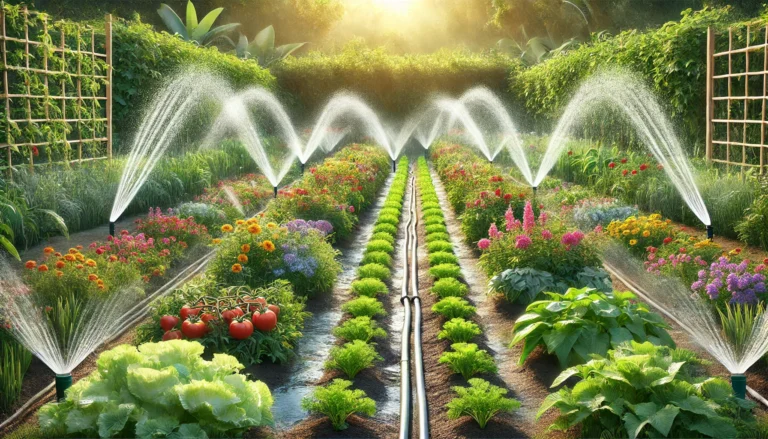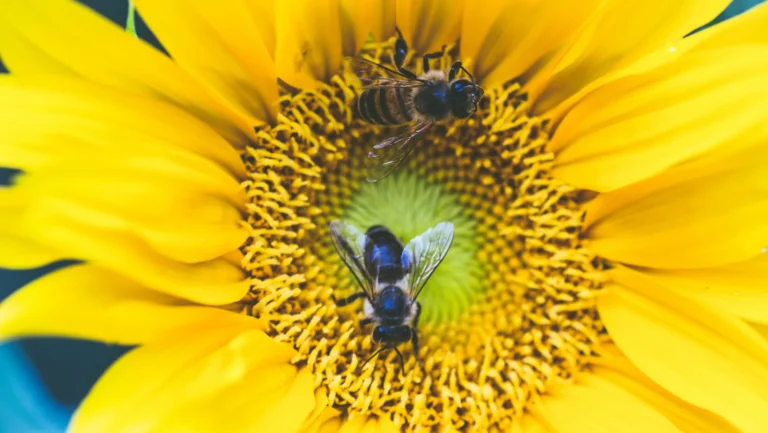Advanced and community composting: Green revolution for urban gardeners
Gather around an eco-citizen project: Community composting
Advanced and community composting is much more than just an ecological action—it’s a genuine collective initiative. In a world where waste reduction is becoming a priority, neighborhood composts offer a practical and social solution. Citizens come together to transform their organic waste into a valuable resource for their gardens and green spaces. This type of composting promotes collaboration, raises awareness about waste management, and encourages sustainable practices at the heart of communities.
Our methodology: Advanced composting in small spaces
To achieve efficient composting, even in limited areas, it’s essential to adopt appropriate techniques:
- Compact composters: Perfect for balconies or small gardens.
- Vermicomposting: Ideal for apartments, this system uses worms to break down waste.
- Green and brown waste management: Maintain a balance between carbon-rich and nitrogen-rich waste.
How does composting work?
Composting involves transforming organic waste, such as kitchen scraps or dead leaves, into a nutrient-rich natural fertilizer. This process relies on microorganisms and sometimes worms to break down the material. For efficient composting, balance carbon-rich waste (browns) with nitrogen-rich waste (greens), while maintaining good aeration and adequate moisture.
How does community composting work?
Community composting relies on shared collection points, often located in community gardens or public spaces. Participants deposit their organic waste in designated bins, managed by coordinators or volunteers. These managers monitor the process, ensure material balance, and organize activities to educate the community. Once the compost is ready, it is distributed to participants or used to enrich local green spaces.
Why choose community composting?
Community composting helps reduce waste on a local scale while fostering cooperation among neighbors. This system is ideal in urban areas where households may not have space for individual compost bins. Beyond practicality, it strengthens social ties and raises awareness about sustainable resource management, contributing to an eco-friendly lifestyle.
How a shared compost site operates
A well-organized shared compost site includes:
- Deposit zone: Where residents drop off their organic waste.
- Composting bins: For controlled and hygienic decomposition.
- Training hub: To educate participants on best practices.
Maintaining a neighborhood compost: Care and monitoring
A well-maintained community compost requires:
- Regular rotation of waste for optimal aeration.
- Monitoring moisture levels to prevent drying out.
- Community workshops to involve and educate more citizens.
Benefits of composting food waste
- Waste reduction: Decreases household waste by up to 30%.
- Soil enrichment: Produces a nutrient-rich natural compost.
- Community building: Strengthens neighborly connections.
- Environmental awareness: Encourages eco-friendly behaviors.
Guide to optimize your composting
Composting in apartments: Vermicomposting
Vermicomposting is perfect for urban dwellers without gardens. It’s easy to set up with a sealed bin, composting worms, and properly sorted organic waste.
Where to find quality compost?
- Local gardening centers: Offer compost tailored to gardeners’ needs, with personalized advice.
- Municipalities: Many provide compost made from local organic waste. Check your town hall or municipal website for details.
- Local producers: Farmers or companies specializing in composting often sell bulk or bagged compost.
- Home composting: Create your own compost for an economical and ecological solution.
How to compost at home
Home composting requires selecting the right location, maintaining a balance between green (nitrogen) and brown (carbon) waste, and monitoring moisture for optimal decomposition.
The guture of urban composting
Advanced and shared composting offers a practical response to today’s environmental challenges. It reduces waste, strengthens community bonds, and enriches green spaces sustainably. By adopting these practices, you actively contribute to the ecological transition while enhancing your green spaces.
FAQs
How can I get a free compost bin?
Many municipalities offer free or discounted compost bins to residents. Check with your town hall or municipal website for details.
Will composting be mandatory in 2024?
While composting isn’t mandatory for individuals, sorting organic waste is encouraged.
What is the best compost?
The best compost is well-balanced between green (nitrogen) and brown (carbon) materials, aerated, and kept at the right moisture level, resulting in a rich, crumbly humus.
How do I know if my compost is ready?
Mature compost has a uniform texture, dark color, and an earthy smell. It should no longer contain identifiable waste.
What are the disadvantages of composting?
Poorly managed compost can attract pests, emit unpleasant odors, and require regular maintenance for effective decomposition.
How do I recognize a compostable bag?
Compostable bags usually have labels like “OK compost” or “EN 13432” and are made from biodegradable materials like cornstarch.
Where can I find community composting sites?
Check your municipality’s website or contact your town hall. Local associations or community gardens often host shared composting sites.
Let’s transform every waste into a valuable resource together!




Leave a comment